This article is part of our series on other kinds of bushi. We recommend reading our article on how katsuobushi is made, how it is shaved, the different parts of katsuobushi and the different kinds of katsuobushi to better understand the terminology used here.
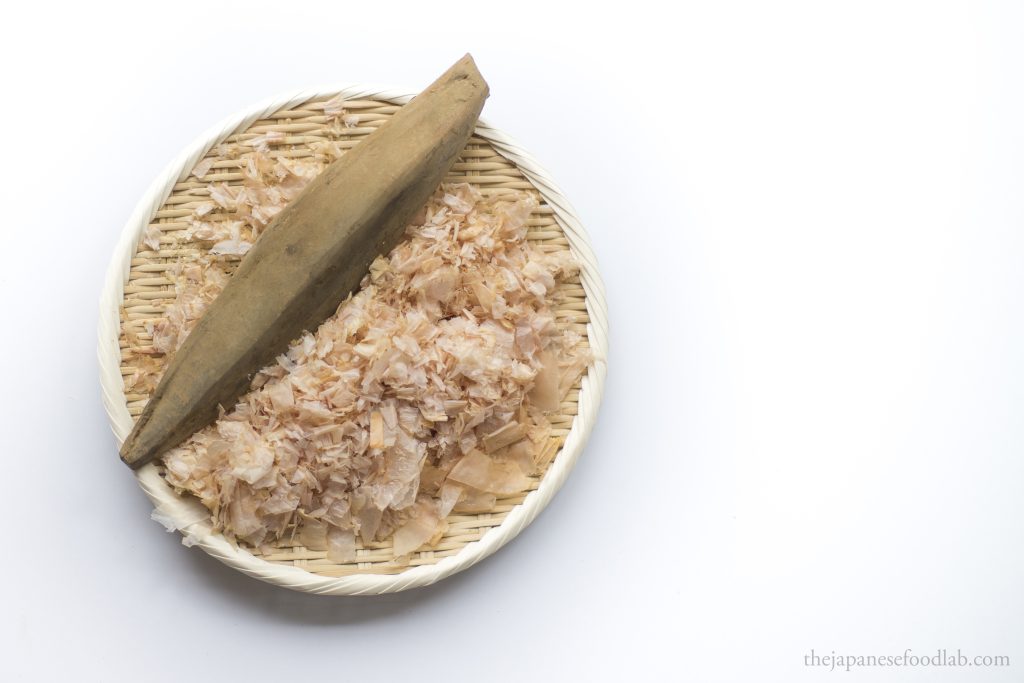
Also known as ‘mejibushi’ in the Kanto region and ‘shibibushi’ in the Kansai region, It is made from yellowfin tuna weighing between 2 to 3 kg, which are then processed in the same way as katsuobushi. When comparing its flavor profile, think about how tuna sashimi tastes compared to bonito and sardines. Tuna is much less fishy compared to bonito and lacks the slightly metallic taste associated with sardines.
When made into bushi, this translates into a dashi stock with the lightest flavor of all the kinds of bushi. This is especially so if you are able to source magurobushi with the blood line removed (血合抜) as it gives the stock a slightly acidic tang.
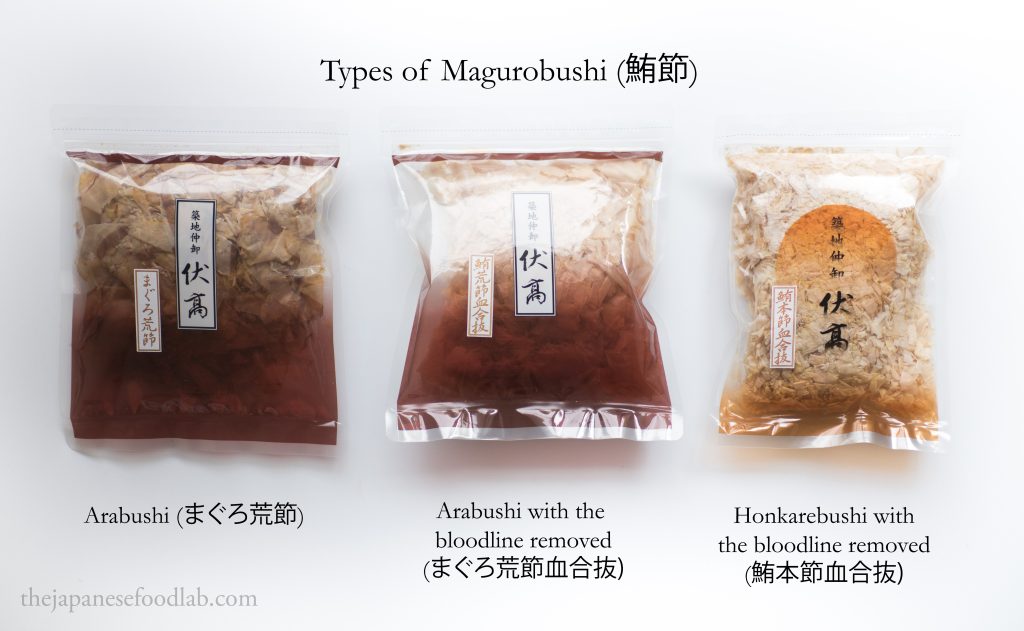
Magurobushi (鮪節) is almost exclusively used to make dashi stock from thin shavings and is seldom consumed. Is it also never thick shaved (厚削り).
With the rise of ramen’s popularity outside of Japan, it’s now becoming easier and easier to find different types of bushi sold overseas, especially through specialty restaurant suppliers. However, since magurobushi is not used for any of the Japanese noodle soups or dipping sauces, it has become one of the rarest types of bushi to find.
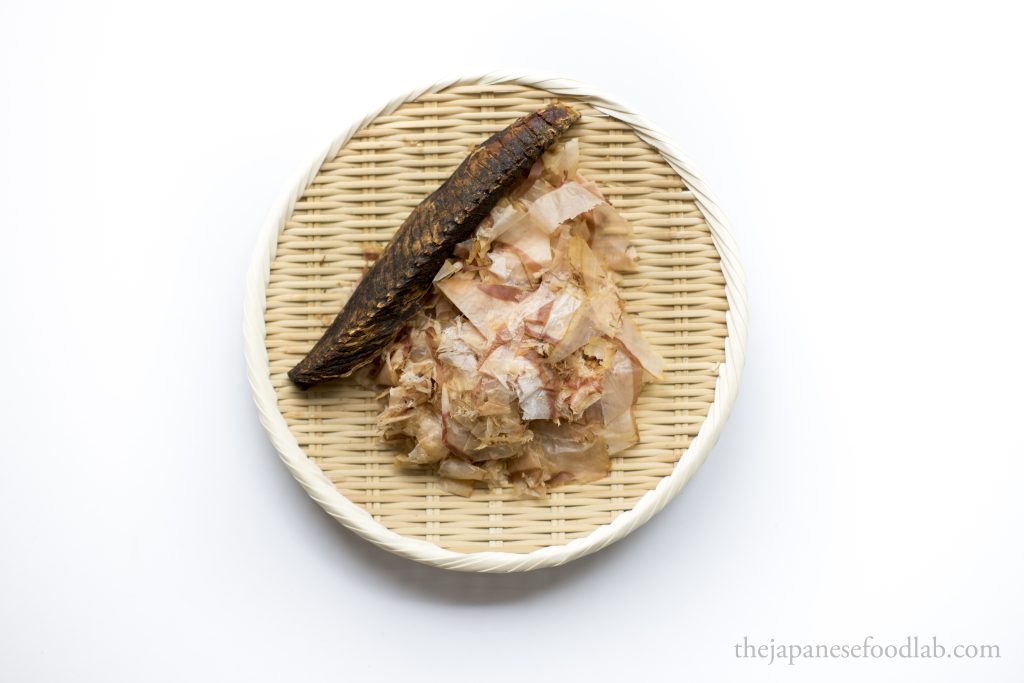
The majority of magurobushi is processed until the arabushi stage (まぐろ荒節), before being machine shaved and sold in bags. It is difficult to find sellers who sell whole filets of magurobushi. There exists an extremely small number of producers who process magurobushi all the way to the honkarebushi stage (鮪本節). Such magurobushi creates a stock that is as close to pure savoriness as possible, almost like dissolving MSG in water. To source it, you’ll almost definitely need to visit a katsuobushi specialty store in Japan.
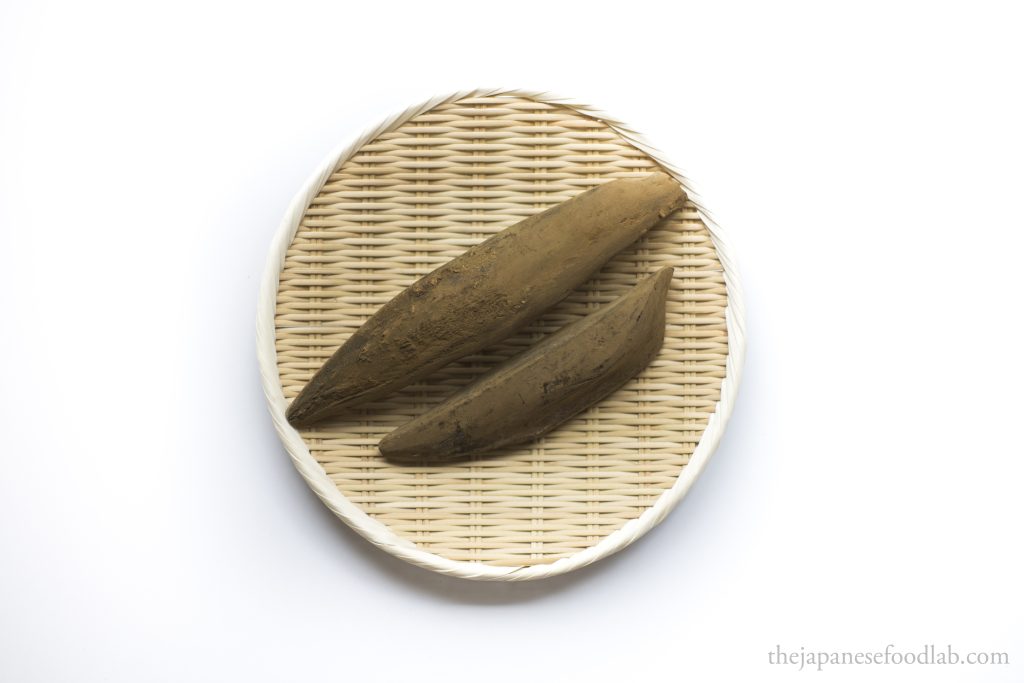
Because yellowfin tuna can grow to be as large or even larger than katsuo, each filet of magurobushi can be separated just like katsuobushi into the back filets (背節) and stomach filets (腹節), which you can either purchase individually or as a set.
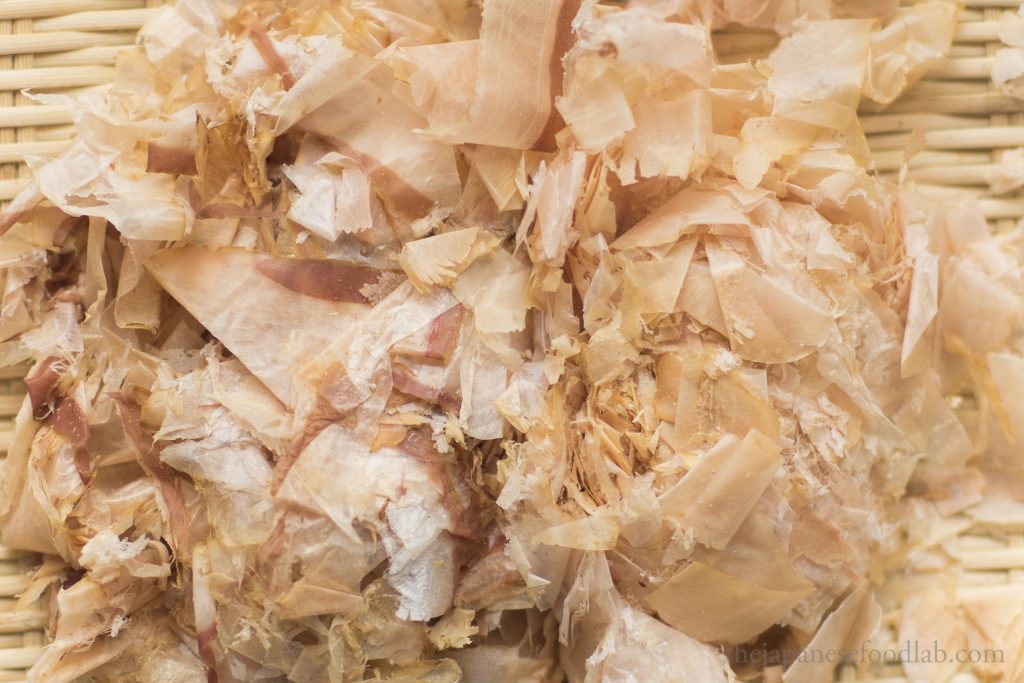
We recommend magurobushi for use in clear soups, or dishes with boiled vegetables.